By Akash Sinha
Luxury travel, on its flourishing, has introduced affordable luxury hotels that are depicted as premium priced high-end experiences. Stipulated by highlighting luxury features like extravagant swimming pools, en-suite bathrooms and the superior degree of service, both personalized and professional, luxury hotels have become the core of revenues earned by the hospitality industry on a whole.
Changes in lifestyles, due to gradual increase incomes, have increased the demand for luxurious hotels and travel services during holidays and business tour. The global luxury hotels market is also driven by the rapid growth in number of MICE and other international events, with strong strategies in advertising and branding coming into display, as implementations of renowned hotels across the globe.
Statistics shows that majority of the tourists invest their time and money in visiting European countries as European hotels attract the majority of the world’s tourists for consecutive three years. Hotels in Africa and the Middle East fall back in this category, in front of their other regional counterparts – Asia-Pacific and Americas. However, ‘the tourists’ arrival in hotels’ figures has been rising every year in most of the regions with only Africa being the exception.
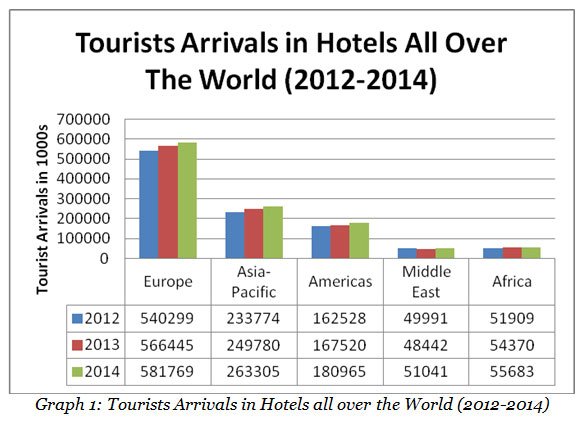
On a research done by HVS, the Luxury Hotels Supply figures up to 14 per cent, which is the smallest share of the lot. Upscale hotels hold the majority of the supply (31 per cent) followed by upper upscale (20 per cent) and upper midscale (20 per cent) and midscale hotels (15 per cent).
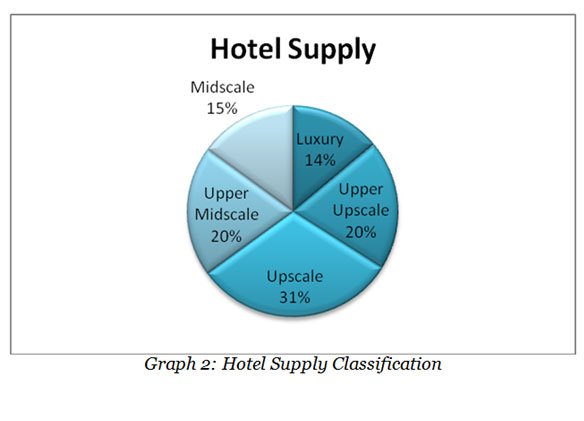
Following another research conducted by HSV, Luxury Rooms hold 12 per cent of the share, with upscale rooms holding the maximum figures of 35 per cent. Midscale rooms hold 14 per cent whereas upper midscale and upper upscale rooms hold 17 per cent and 22 per cent of the room supply respectively.
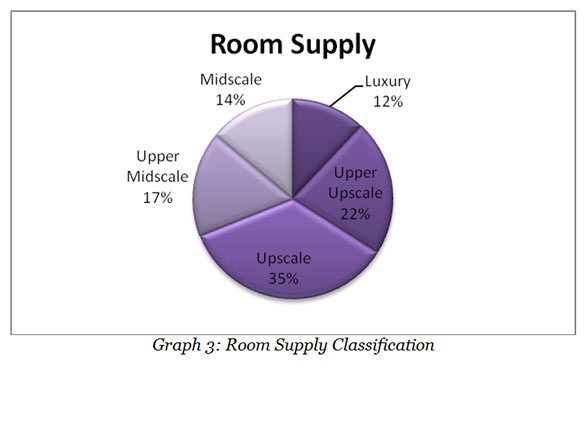
Hotel expenses include labour costs, cost of sales, management fees, operating expenses and non-operating income and expenses. Based on a survey in 2015, it is determined that the total labour cost holds maximum of the share in expenses in a hotel (43 per cent) followed by operating expenses (35 per cent) and non-operating income and expenses (11 per cent). The cost of sales (7 per cent) and the management fees (4 per cent) are the remaining segments.
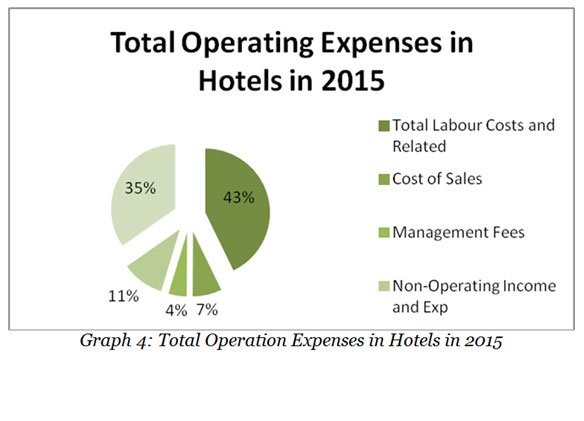
Regions over the world have their fair share in Global Luxury Hotel Market. According to statistics, by 2016, North America dominated the market alone with exceptional figures, about 35 per cent of the total share. Europe holds the second position, grabbing 25 per cent of the world’s Luxury Hotel Market. Followed by Asia Pacific region in the third position (20 per cent), the remaining 20 per cent of the market share is shared equally by the luxury hotels of Latin America region and Africa region.

The revenues collected via Global Luxury Hotels Market from 2015 onwards, has given significant figures that have helped in evaluating growth and predicting the same for the coming years. Generating revenue of 153.82 billion US dollars in 2015, the market has shown gradual rise in revenue each year, leading the prediction of year to 2021 to be around 194.63 billion US dollars.
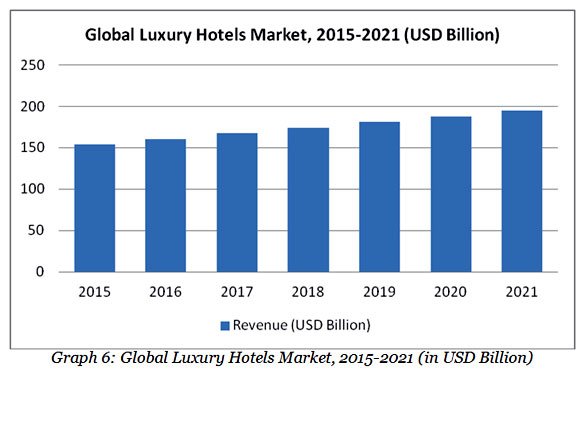
With a healthy and crucial contribution in the global tourism and hospitality industry, no wonder luxury hotels are the pivotal game changers.


